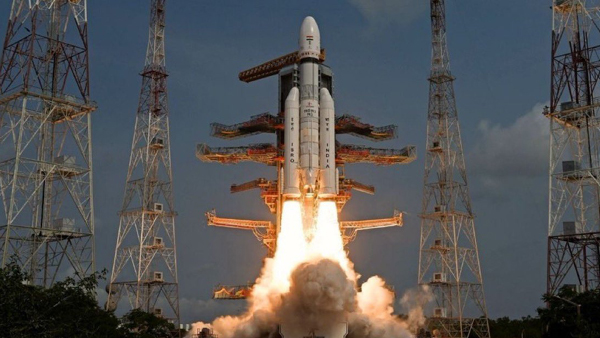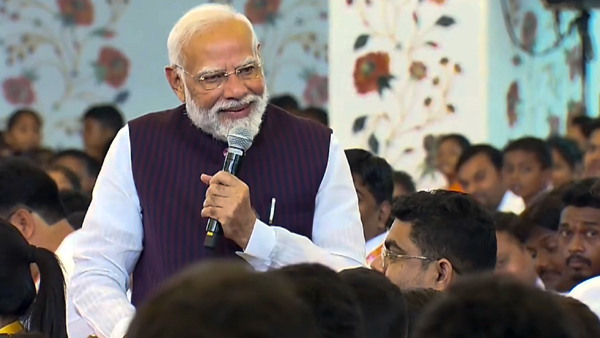Sriharikota (Andhra Pradesh) Nov 1 : ISRO’s over 4,000 kg communication satellite CMS-03 is all set to be launched from this space port on Sunday.
The satellite, weighing about 4,410 kg will be the heaviest to be launched from the Indian soil and into a Geosynchronous Transfer Orbit (GTO), the space agency said. The satellite will travel onboard a LVM3-M5 rocket, dubbed as ‘Bahubali’ for its heavylift capability.
The launch vehicle has been fully assembled and integrated with the spacecraft and it has been moved to the second launch pad here for taking up pre-launch operations, the Bengaluru-headquartered space agency said on Saturday.
The 43.5 metre tall rocket, dubbed as ‘Bahubali’ for its ability to carry heavier payloads weighing up to 4,000 kg, is scheduled for a 5.26 pm liftoff on November 2.
LVM3- (Launch Vehicle Mark-3) is the new heavy lift launch vehicle of ISRO and is used for placing 4,000 kg spacecraft in GTO in a cost-effective manner, ISRO said.
This three stage launch vehicle with two solid motor strap-ons (S200), a liquid propellant core stage (L110) and a cryogenic stage (C25) gives ISRO full self-reliance in launching heavier communication satellites that weigh up to 4,000 kg in GTO.
LVM3- is also termed by ISRO scientists as Geosynchronous Satellite Launch Vehicle (GSLV) MkIII.
The LVM3-M5 is the fifth operational flight, ISRO said.
The space agency had previously launched its heaviest communication satellite GSAT-11 on December 5, 2018 from Kourou launch base, French Guiana by Ariane-5 VA-246 rocket. Weighing about 5,854 kg, GSAT-11 is the heaviest satellite built by ISRO.
Sunday’s mission objective is that the CMS-03, a multi-band communication satellite, will provide services over a wide oceanic region including the Indian landmass, ISRO said.
The previous mission of LVM-3 rocket was the successful launch of Chandrayaan-3 mission, wherein, India became the first country to land successfully near the lunar South pole in 2023.
The LVM3- rocket is capable to carry payload to GTO weighing 4,000 kg and for Low Earth Orbit payloads of 8,000 kg with its powerful cryogenic stage.
The two S200 solid rocket boosters located on the sides of the rocket provide the thrust required for lift off. The S200 boosters are developed at Vikram Sarabhai Space Centre, Thiruvananthapuram. The third stage is L110 Liquid Stage and is powered by two Vikas engines designed and developed at the Liquid Propulsion Systems Centre. (PTI)




